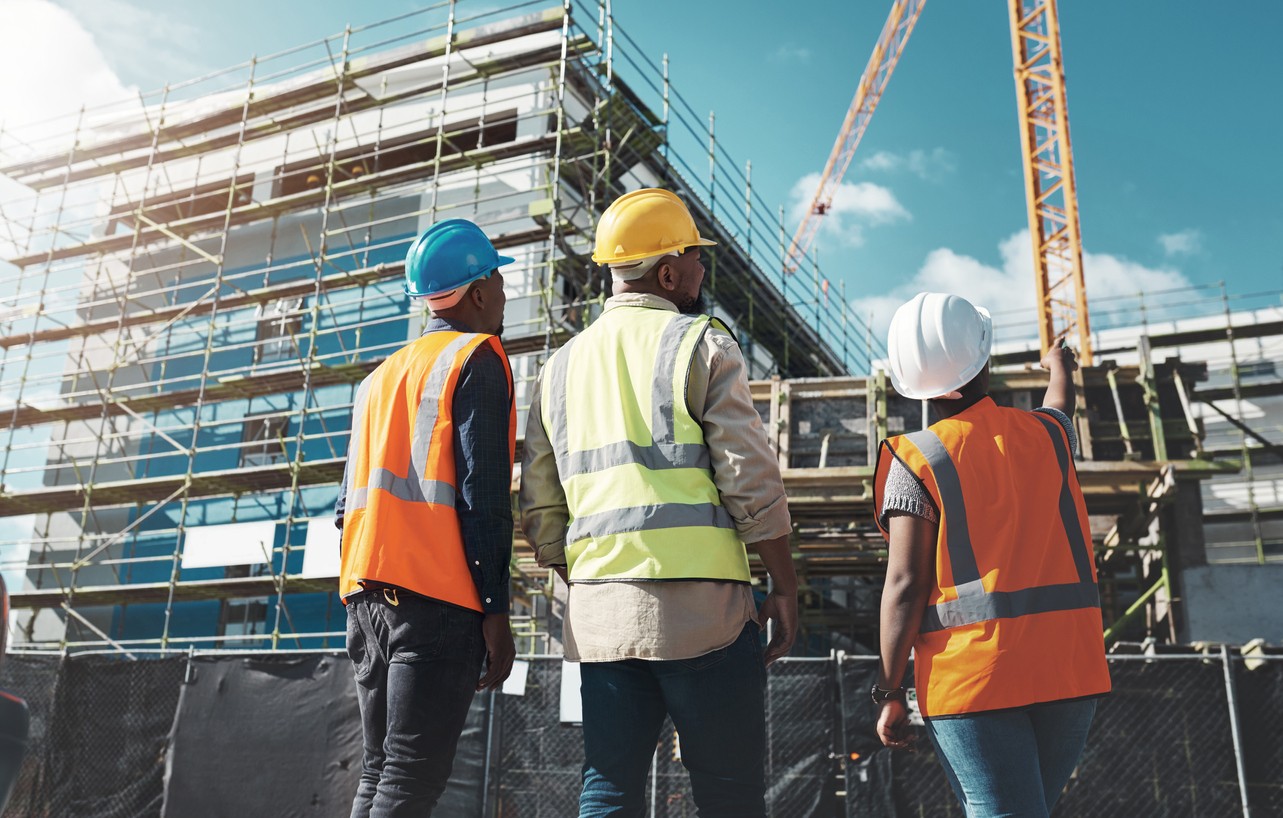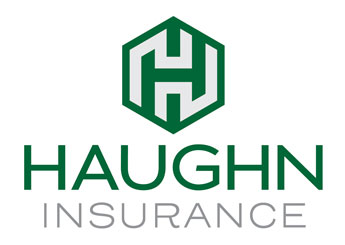
It’s estimated that nearly one third of all construction projects deal with budget problems, performance shortcomings, or complete failure. There are a litany of reasons why such issues can arise, but one of the most common culprits is the prevalence of construction defects. When combined with other issues such as poor management or negligent supervision, construction defects can quickly cause serious issues with a project. Read on for more information on construction defects, including what they are, who’s responsible, and how to prevent them.
Types of Construction Defects
What is considered construction defects? They are typically divided into two categories — structural and nonstructural. Structural defects are considered any defective auxiliary component that negatively impacts the other parts of a building. These types of defects are often dangerous because they threaten the structural integrity of a building. Nonstructural defects, one the other hand, rarely match this magnitude of threat. This type of defect is any fault within a building that does not affect other parts of the structure. Examples may include faulty plaster or brickwork or other aesthetic errors.
Common Causes of Construction Defects
Construction defects can happen on any project, even when you’re being careful. Still, the fact remains that professional negligence is the most common cause of this problem. Poor design and haphazard workmanship are two of the most common culprits for this problem. Not every instance of a defect is solely the result of human error, though — sometimes, construction site issues with soil quality, interference from plant roots, and the appearance of sinkholes can compromise a construction project and cause defects, too.
Consequences of Construction Defects
Defects can have serious consequences if they are left unaddressed. In the worst-case scenario, these problems will make a structure unsafe and pose a threat to the physical safety of anybody who uses the building. Even if no threat to safety exists, though, construction defects can put a construction company in violation of their client’s contract. A client may not find the work satisfactory, and this may interfere with the completion and payment of the project. Construction insurance is a great way to protect against this liability and ensure that a project is protected, even if defects arise.
How to Prevent Construction Defects
Who is responsible for construction defects — and whose job is it to prevent them? Generally speaking, everybody on a construction site is responsible for the prevention of defects, but it is particularly important that construction managers and safety managers are vigilant about detecting and preventing any defects that may emerge. This can be done by inspecting materials carefully, reviewing all plans before beginning construction, and examining a construction site for any potential complications.
About Haughn & Associates
Founded by Michael Haughn in 1986, Haughn & Associates is a full-service, family-owned, independent insurance agency based out of Dublin, Ohio. H&A strives to provide the best possible price and unique insurance solutions across a myriad of industries, including construction, IT, Habitation & Commercial Property, Agriculture, and Engineering. Devoted to providing the best of business insurance, life and disability insurance, personal insurance, employee benefits, and bonds, H&A is proof that success lies in long-standing client relations and satisfaction. To learn more about how H&A can be of service to you, contact us at (877) 802-2278.

